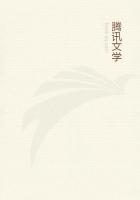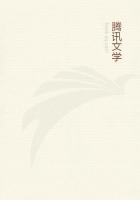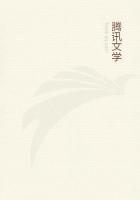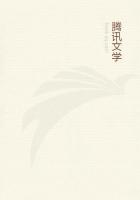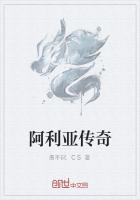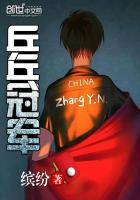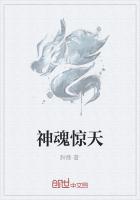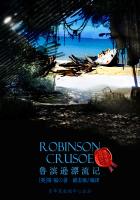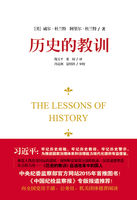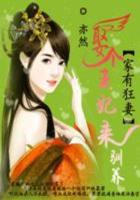"During this time he had continued his teaching at the school in the day-time; and he also taught on his own account the sons of gentlemen in the evening: amongst others the sons of Dr. Wake and Dr. Belcomb, both medical men. He was only making about 100L. a year, and his family was increasing. It was necessary to be very economical, and I was careful of everything. At length my uncle Milner agreed to advance about 100L. as a loan. A shop was taken in Stonegate in 1836, and provided with optical instruments. Iattended to the shop, while my husband worked in the back premises. To bring in a little ready money, I also took in lodgers.
"My husband now devoted himself entirely to telescope making and optics. But he took in other work. His pumps were considered excellent; and he furnished all those used at the pump-room, Harrogate. His clocks, telescope-driving[6] and others, were of the best. He commenced turret-clock making in 1852, and made many improvements in them. We had by that time removed to Coney Street; and in 1855 the Buckingham Works were established, where a large number of first-rate workmen were employed. A place was also taken in Southampton Street, London, in 1868, for the sale of the instruments manufactured at York."Thus far Mrs. Cooke. It may be added that Thomas Cooke revived the art of making refracting telescopes in England. Since the discovery by Dollond, in 1758, of the relation between the refractive and dispersive powers of different kinds of glass, and the invention by that distinguished optician of the achromatic telescope, the manufacture of that instrument had been confined to England, where the best flint glass was made. But through the short-sighted policy of the Government, an exorbitant duty was placed upon the manufacture of flint glass, and the English trade was almost entirely stamped out. We had accordingly to look to foreign countries for the further improvement of the achromatic telescope, which Dollond had so much advanced.
A humble mechanic of Brenetz, in the Canton of Neufchatel, Switzerland, named Guinaud, having directed his attention to the manufacture of flint glass towards the close of last century, at length succeeded, after persevering efforts, in producing masses of that substance perfectly free from stain, and therefore adapted for the construction of the object-glasses of telescopes.
Frauenhofer, the Bavarian optician, having just begun business, heard of the wonderful success of Guinaud, and induced the Swiss mechanic to leave Brenetz and enter into partnership with him at Munich in 1805.
The result was perfectly successful; and the new firm turned out some of the largest object-glasses which had until then been made. With one of these instruments, having an aperture of 9.9inches, Struve, the Russian astronomer, made some of his greatest discoveries. Frauenhofer was succeeded by Merz and Mahler, who carried out his views, and turned out the famous refractors of Pulkowa Observatory in Russia, and of Harvard University in the United States. These last two telescopes contained object-glasses of fifteen inches aperture.
The pernicious impost upon flint glass having at length been removed by the English Government, an opportunity was afforded to our native opticians to recover the supremacy which they had so long lost. It is to Thomas Cooke, more than to any other person, that we owe the recovery of this manufacture. Mr. Lockyer, writing in 1878, says: "The two largest and most perfectly mounted refractors on the German form at present in existence are those at Gateshead and Washington, U.S. The former belongs to Mr. Newall, a gentleman who, connected with those who were among the first to recognise the genius of our great English optician, Cooke, did not hesitate to risk thousands of pounds in one great experiment, the success of which will have a most important bearing upon the astronomy of the future."[7]
The progress which Mr. Cooke made in his enterprise was slow but steady. Shortly after he began business as an optician, he became dissatisfied with the method of hand-polishing, and made arrangements to polish the object-glasses by machinery worked by steam power. By this means he secured perfect accuracy of figure. He was also able to turn out a large quantity of glasses, so as to furnish astronomers in all parts of the world with telescopes of admirable defining power, at a comparatively moderate price. In all his works he endeavoured to introduce simplicity. He left his mark on nearly every astronomical instrument. He found the equatorial comparatively clumsy; he left it nearly perfect. His beautiful "dividing machine," for marking divisions on the circles, four feet in diameter and altogether self-acting--which divides to five minutes and reads off to five seconds is not the least of his triumphs.
The following are some of his more important achromatic telescopes. In 1850, when he had been fourteen years in business, he furnished his earliest patron, Professor Phillips, with an equatorial telescope of 6 1/4 inches aperture. His second (of 6 1/8) was supplied two years later, to James Wigglesworth of Wakefield. William Gray, Solicitor, of York, one of his earliest friends, bought a 6 1/2-inch telescope in 1853.
In the following year, Professor Pritchard of Oxford was supplied with a 6 1/2-inch. The other important instruments were as follows: in 1854, Dr. Fisher, Liverpool, 6 inches; in 1855, H. L.
Patterson, Gateshead, 7 1/4 inches; in 1858, J. G. Barclay, Layton, Essex, 7 1/4 inches; in 1857, Isaac Fletcher, Cockermouth, 9 1/4 inches; in l858, Sir W. Keith Murray, Ochtertyre, Crieff, 9 inches; in 1859, Captain Jacob, 9 inches;in 1860, James Nasmyth, Penshurst, 8 inches; in 1861, another telescope to J. G. Barclay, 10 inches; in 1864, the Rev. W. R.
Dawes, Haddenham, Berks, 8 inches; and in 1867, Edward Crossley, Bermerside, Halifax, 9 3/8 inches.

